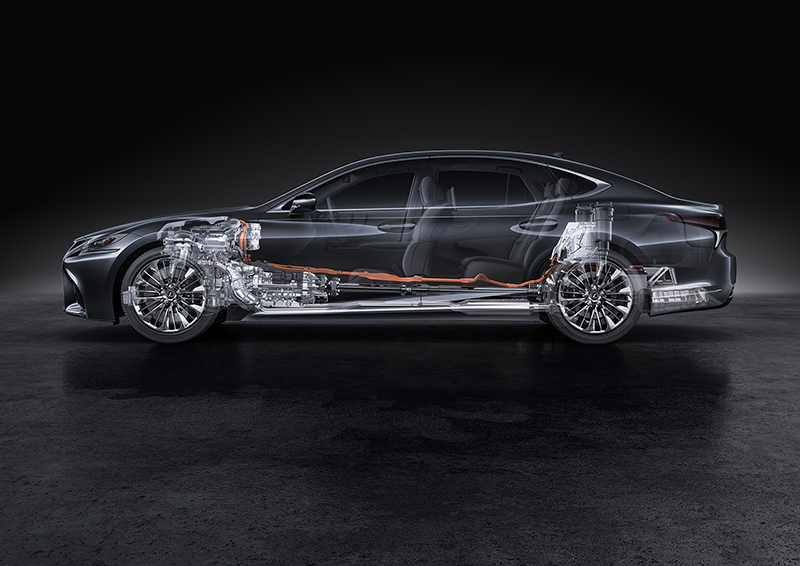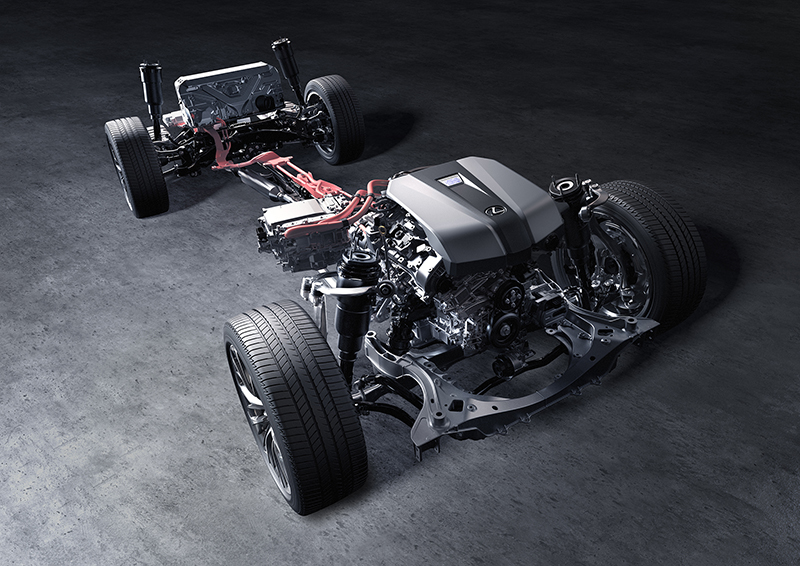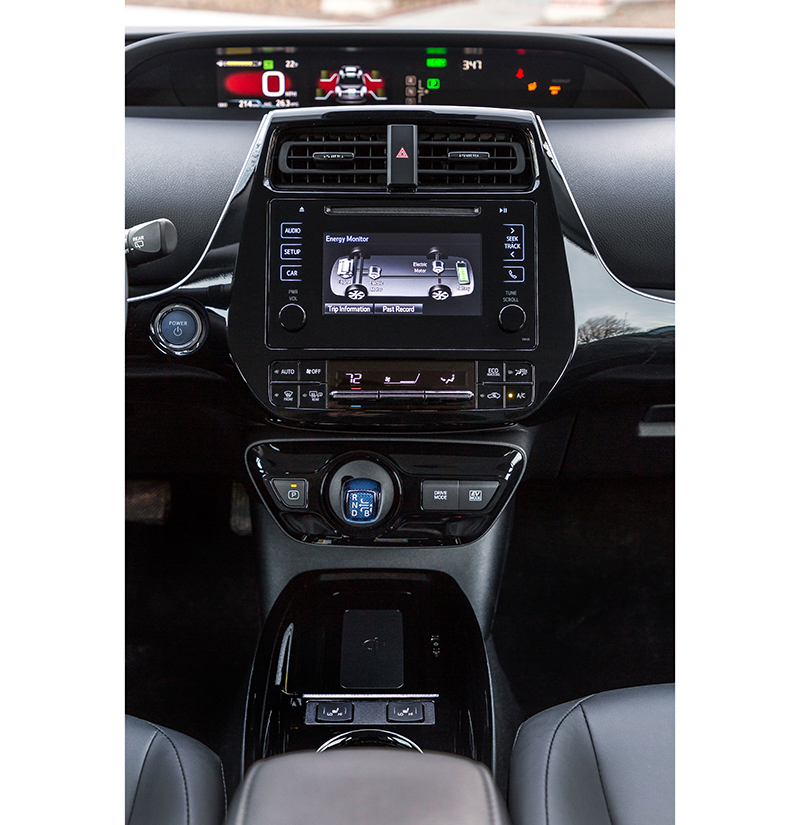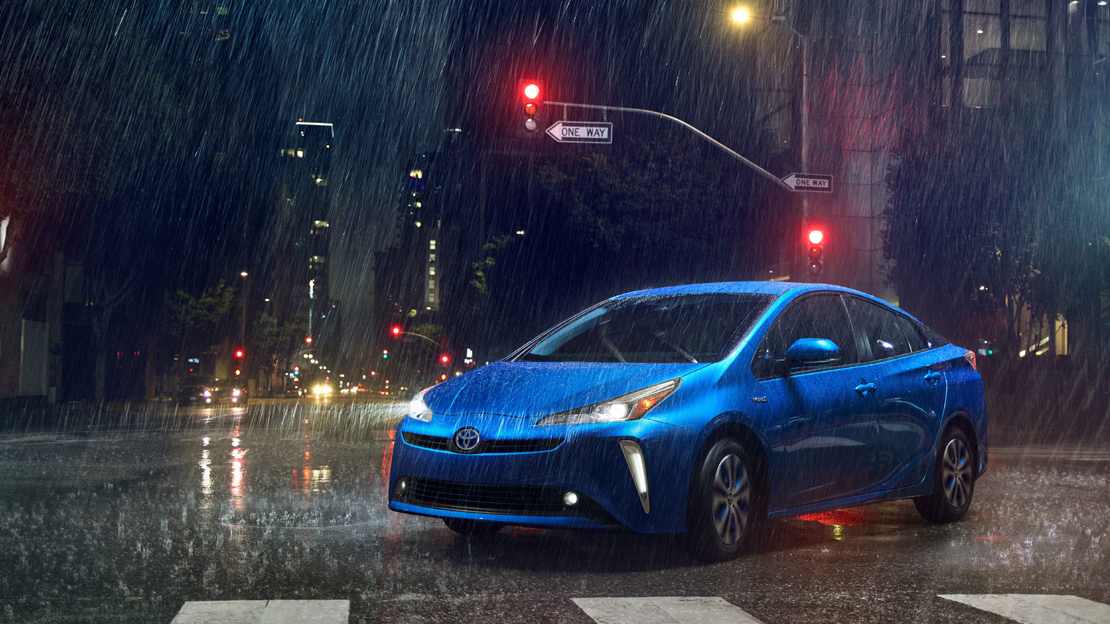IT HAS been a decade since Toyota Motor introduced the second-generation Prius in the Philippines. The Prius heralded the arrival in the country of hybrid vehicles. In a span of 10 years the carmaker has sold 480 hybrids. So to say consumers’ uptake on such vehicles is slow is to understate the matter.
But, interestingly, 99 of those cars were sold in 2018 alone. And all were Lexus models. At present Toyota counts two hybrid models in its lineup in the Philippines: the Prius and Prius C. Its local Lexus subsidiary sells the GS 450h, NX 300h, RX 450h, CT 200h, CT 200h F Sport and LS 500h hybrid models. So there’s hope, oh there’s hope.
At the Toyota Hybrid Electric Technology Conference, top Toyota Motor regional and country officials, as well as representatives from government and an NGO, presented views and facts regarding electrified vehicles. The
Toyota Motor Philippines (TMP)-initiated meet forms part of Toyota’s information dissemination program aimed at educating consumers on electrified vehicle technologies and their impact to society and the environment. And the Prius, along with its gasoline/electric hybrid stablemates, leads Toyota’s present initiatives at reducing its carbon footprint on the way to achieving zero CO2 emissions by the time 2050 arrives.

Electrified vehicles, by the way, generally mean those which have an electric motor operating in conjunction with an internal combustion engine — or hybrids. Their batteries can be charged either by the engines they are paired with, or by external electrical plugs. Fully electric vehicles, while also obviously electrified, are different in the sense that these can either source their power from rechargeable batteries which need to be plugged in to an external electrical source, or from on-board fuel cells which use a combination of oxygen and hydrogen to create electricity. Fully electric vehicles run solely on electric power.
In 2015 Toyota announced its Toyota Environmental Challenge 2050, a plan which aims to lessen by 90%, compared to 2010 levels, the carmaker’s global CO2 emissions average coming from the operation of vehicles. It also calls for completely eliminating CO2 emissions in Toyota production plants, and in the manufacturing to the disposal of vehicles. It also intends to develop better recycling technologies for end-of-life vehicles — basically those headed for the scrap heap.
The recycling methods for such vehicles “should be a forethought rather than an afterthought,” according to Vince Socco, executive vice president at the Lexus Asia Pacific division of Toyota Motor Asia Pacific.
The goal of Toyota Environmental Challenge 2050, the executive notes, is “not just net zero, but net positive,” referring to the carmaker’s impact on the environment and society.
Achieving the carmaker’s 2050 goals involves reaching some nearer targets. One significant factor related to this is Toyota’s intent to have all its models come with an electrified version by 2025. This partly lays the groundwork in realizing Toyota’s 2030 milestones.

These 2030 milestones include reducing by at least 25%, when compared to 2013 levels, the amount of CO2 emissions generated by a vehicle over its life cycle — meaning from its manufacturing to end-of-life disposal. Another is cutting CO2 emissions and water consumption in Toyota’s manufacturing facilities. The carmaker also intends to recycle more parts coming from vehicles which are at the end of their lifetime, as well as enhance environmental efforts with communities.
And, by 2030, Toyota is targeting to sell more than 5.5 million electrified vehicles, a million of which will be fully electric-powered.
TMP president Satoru Suzuki says efforts in the Philippines meant to meet Toyota’s 2030 and 2050 targets include improving TMP’s supply chain, logistics and dealer operations through enhanced compliance with environmental regulations, reducing the number of trips for parts and vehicle deliveries, and using more energy-efficient appliances in dealerships.
He adds TMP is also now partly reliant on solar energy, has been treating its wastewater in the plant, and is recycling select vehicle parts. The company has also been cultivating forest reserves in Laguna.
Certainly, another key component is increasing the number of Toyota and Lexus hybrid models, which the TMP chief calls as ideal solutions, sold locally.

“Based on current Philippine conditions, it is most appropriate to start with HEV [Hybrid Electric Vehicle] popularization in order to accelerate the reduction of emissions and fuel consumption [in the country],” Suzuki says in a statement released to journalists.
In the same statement TMP asserts vehicle electrification is “one of its long-term solutions for a greener and more energy-efficient local automotive landscape.”
Socco adds battery-powered electric vehicles are still “too expensive” for the market, noting no benefits can be gained if such cars remain on showroom floors as consumers shy away from buying them.
“That is why we’re pushing for hybrids. . . HEVs are ready now. They are deployable,” he says.
Toyota believes prices of hybrid models should be lowered if these were to enjoy wider adoption among consumers. And so TMP, along with members of the Chamber of Automotive Manufacturers of the Philippines, Inc., are currently pushing for government subsidy in the form of excise and value added tax exemptions, as well as less import duties, for hybrid and full-electric vehicles.
Along with more accessible prices, consumers’ better understanding of electrified vehicles is also key in their popularization. Socco shares that to this day, the most common questions fired at him are; How often does a hybrid’s battery needs to be changed? (the battery lasts the lifetime of the vehicle, or around 300,000 kilometers, Socco says, citing Toyota data); and can a hybrid safely ford floodwaters? (it could wade through the same depth as its equivalent conventional internal combustion engine model). So, clearly, there remains challenges to hurdle.
Still, there is hope for hybrids.



